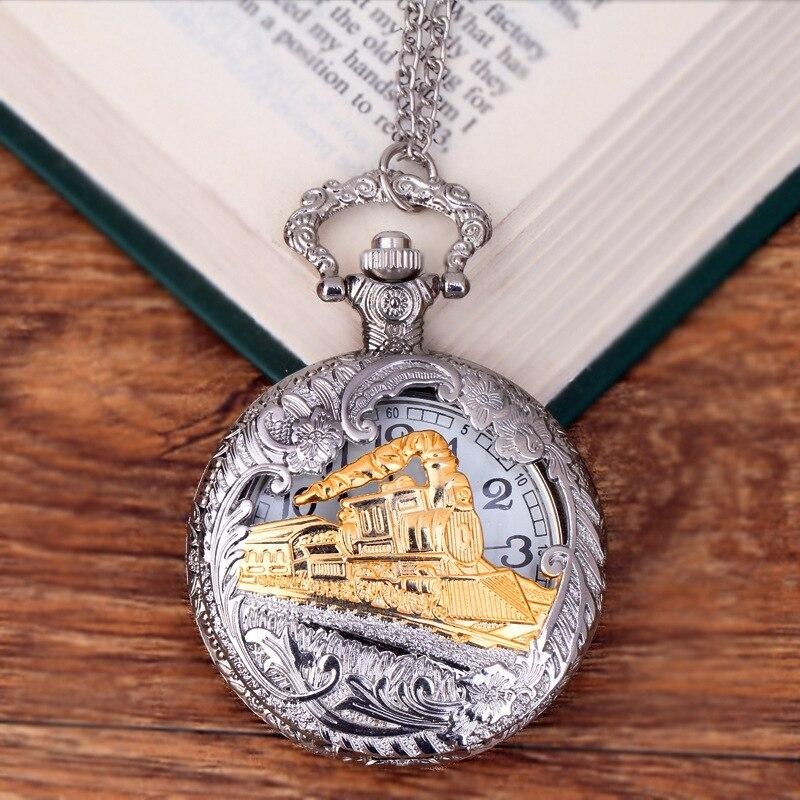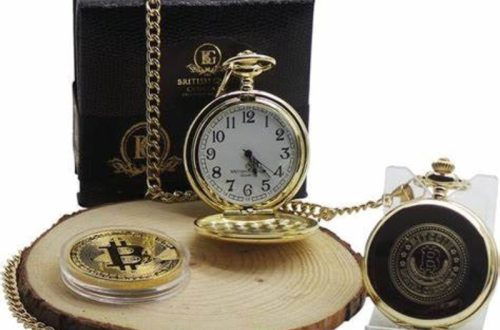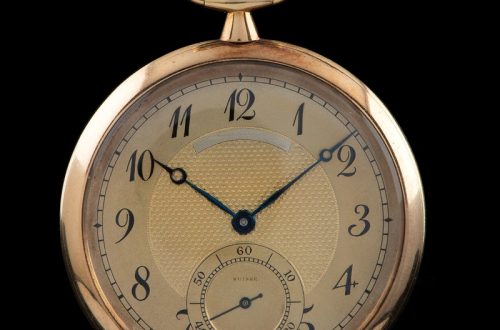History of Train Pocket Watches
Train pocket watch carry a storied past, dating back to the 1800s. The need for precise timekeeping on the railways was crucial. It helped prevent accidents and keep trains running on schedule. These watches were part of a railway standard. Employees had to own and use them while on duty. The American Railroad Association played a key role in this. They set the standards for the quality and reliability of these timepieces.
The first train pocket watches were large and heavy. They often featured ornate engravings with train motifs. These early models sometimes lacked the accuracy needed for the job. Yet, they set the stage for the development of more reliable watches. As time went by, manufacturers began to produce watches that met stringent railway standards. These standards included features like bold dials and the infamous ‘railroad grade’ label.
Key events, like the tragic 1891 train collision in Kipton, Ohio, spurred change. This accident prompted the adoption of strict timekeeping standards. Webb C. Ball, a jeweler, was instrumental in establishing these new guidelines. They required watches to be accurate within 30 seconds per week. This was a significant improvement from earlier models. The design and mechanics of train pocket watches evolved to ensure safety and precision on the railroads.
As rail travel expanded across continents, the train pocket watch became a symbol of progress and innovation. It was a necessary tool for conductors and engineers alike. Today, it remains a cherished piece of history for collectors and enthusiasts. The legacy of the train pocket watch is a fascinating chapter in the history of the railroad industry.
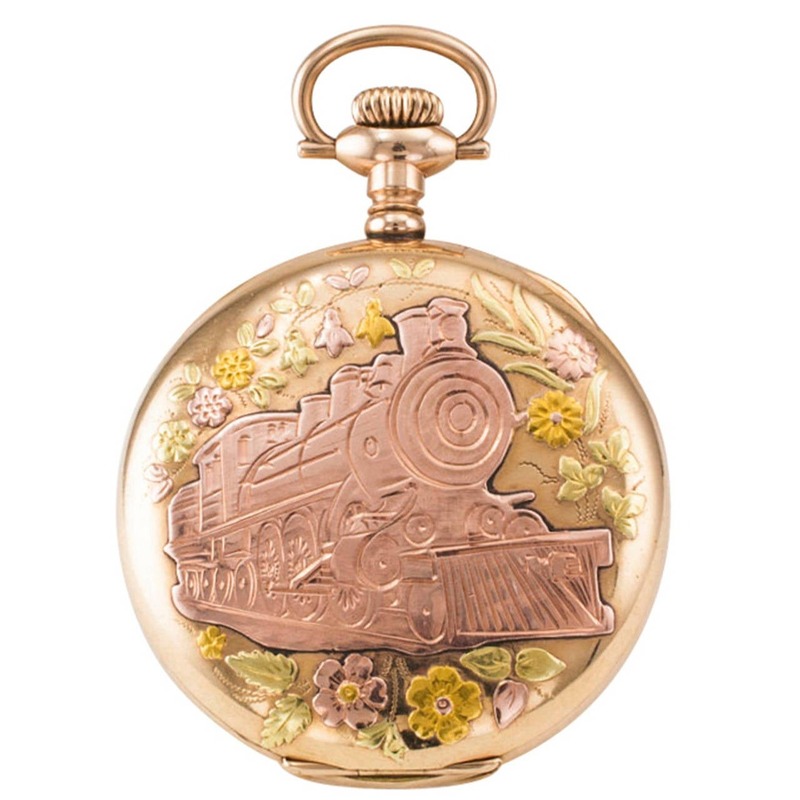
Iconic Railroad Pocket Watches
The world of train pocket watches holds treasures that capture history and craftsmanship. Among these are timepieces that have become icons. These watches stand out for their quality, design, and historical significance. Collectors and history buffs often seek them. They symbolize a time when trains were the lifeline of nations.
Collectors often regard the Hamilton 992B as the pinnacle of railroad pocket watches. It boasts accuracy and durability. The Waltham Vanguard is another legend. It is known for its innovative jewel count and robust movement. Elgin also made its mark with the B.W. Raymond model, treasured for its precision.
These iconic timepieces are more than just tools for timekeeping. They tell stories of an era marked by progress and change. Each watch from Hamilton, Waltham, or Elgin brings its own tale. Collectors value them not just for their function, but for their place in railway history. They bring the past to life in the hands of those who cherish them. For enthusiasts, owning such a watch is like holding a piece of the railroad era.
These iconic watches often featured the ‘railroad grade’ mark. This signified adherence to strict standards. They had to be reliable within 30 seconds per week. Such precision was crucial for safe and timely rail operations. These watches were sturdy, elegant, and an essential part of railroading history. They hold a revered spot in the lineage of train pocket watches. For those passionate about rail history, an iconic railroad pocket watch is a prized possession.
Features of Train Pocket Watches
When delving into the details of train pocket watches, certain features stand out. These characteristics made them unique in the world of timekeeping. Key features ensured they met the demands of railroad operations.
Precision and Accuracy
Every train pocket watch had to be precise. The standard was for them to keep time within 30 seconds per week. This level of precision was critical. It ensured that train schedules were reliable and collisions were avoidable.
Bold Dials and Readability
To make time checks quick and foolproof, watch faces featured bold dials. Large numerals and clear markings were standard. This made it easy for railway employees to read the time, even in poor light conditions.
Durability and Robustness
The rough life of the railroad demanded tough watches. Cases were often made of sturdy materials like silver or gold-filled metal. They were built to withstand the daily grind and occasional drops.
‘Railroad Grade’ Label
To meet the strict railway standards, watches bore the ‘railroad grade’ label. This was a sign of their reliability and compliance with timekeeping regulations. Collectors look for this mark when seeking authentic pieces.
Specific Movement Characteristics
Train pocket watches often had particular movement types. These were designed to maintain accuracy under various conditions. Features like a higher jewel count came with some models to reduce friction and wear.
These features highlight the craftsmanship and intent behind each train pocket watch. They were not just timepieces; they were vital tools for railroad safety and efficiency.
Collecting Vintage Train Pocket Watches
For many, the allure of collecting vintage train pocket watches lies in owning a slice of history. These timepieces are more than mere antiques; they are a physical connection to the golden age of rail transport. If you’re considering starting or expanding a collection, here are some tips and considerations to keep in mind.
Start with Research
Begin by learning the history and the brands that defined this era. Knowledge is power in collecting. Understanding what makes each train pocket watch unique can also help identify its value.
Know What to Look For
Look for key features like the ‘railroad grade’ label, as this signifies a watch that meets high timekeeping standards. Bold dials, strong cases, and specific movement types are also important. These features set train pocket watches apart from other vintage timepieces.
Find Reputable Sources
Purchase from reputable dealers or auctions known for vintage watches. Seeking out sources with positive reviews and verifiable histories can secure authentic pieces.
Check the Condition
Examine the watch’s condition carefully. Is it working? Are there signs of repair or replacement parts? Original condition often means higher value.
Be Patient
Collecting is a journey. Rare finds may take time to surface. Patience can yield exceptional additions to your collection.
Whether it’s the romance of railroading or the mechanics of the watch itself, starting a collection of vintage train pocket watches can be a rewarding hobby. Remember to infuse your passion with knowledge, and your collection will grow not just in quantity, but in historic and monetary value.
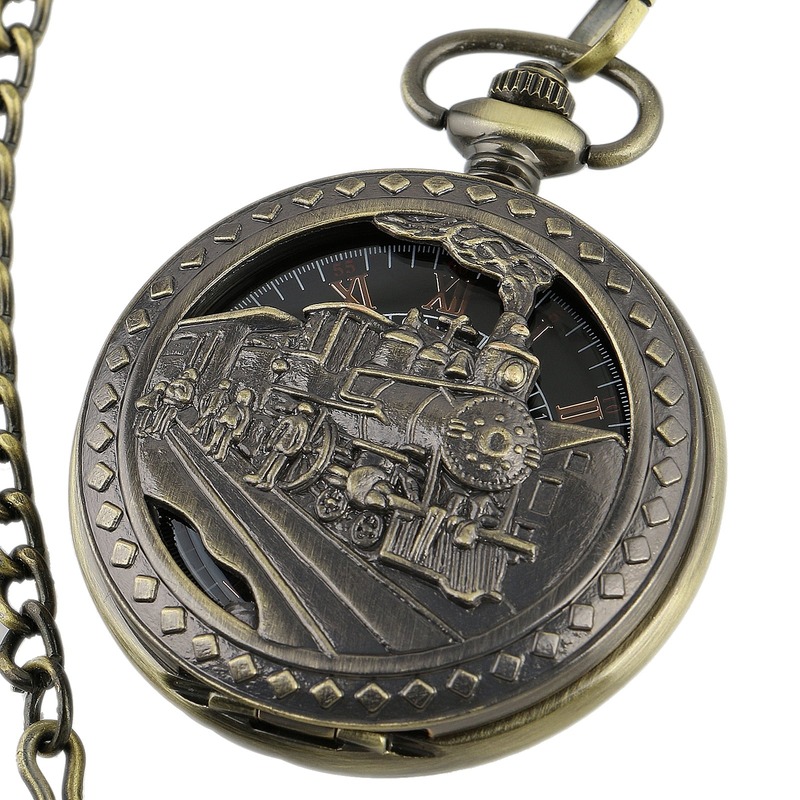
Maintenance and Care for Antique Timepieces
Caring for a train pocket watch requires attention to detail and gentle handling. Proper maintenance extends the watch’s life and preserves its value. Follow these guidelines to keep your antique timepiece in top shape.
Handle with Care
Always hold your watch by the case, not the chain or crown. This prevents stress on weaker parts. Use gloves or a soft cloth to avoid fingerprints and corrosion.
Regular Cleaning
Dirt and dust can harm your watch’s movement. Clean the exterior with a dry, soft cloth. Have a professional clean the interior.
Avoid Moisture
Water is an enemy to train pocket watches. Keep your watch dry and away from humidity. If it gets wet, dry it immediately.
Wind Wisely
Wind your watch gently each day. This keeps the mechanics running smoothly. Do not overwind, as this can damage the springs.
Professional Servicing
A skilled watchmaker should service your watch every few years. This ensures accuracy and prevents wear.
Following these steps will help protect the mechanism and appearance of your train pocket watch. Regular care keeps these historical timepieces ticking beautifully for years to come.
Popular Brands and Manufacturers
When exploring the realm of train pocket watches, certain brands and makers stand out for their storied contributions. Collectors and enthusiasts of vintage timepieces often seek out these names for their renowned quality, precision, and historical importance. Here are some of the most popular and influential names in the world of train pocket watches:
Hamilton Watch Company
A giant in the American watch industry, Hamilton is synonymous with top-notch railroad watches. Esteemed for models like the Hamilton 992B, the brand established itself with durable and accurate timepieces.
Waltham Watch Company
Waltham is another American brand celebrated for its advancements in watchmaking. The Waltham Vanguard was crucial to the company’s reputation for innovation in the field of train pocket watches.
Elgin National Watch Company
Elgin’s commitment to quality produced the revered B.W. Raymond model, among others. These watches are highly coveted by collectors for their precision and reliability.
Illinois Watch Company
Illinois is a name that resonates with railroading history. Their watches served many railroad workers, being praised for excellent performance under demanding conditions.
Ball Watch Company
Webb C. Ball set the standard for railroad watches after the 1891 Kipton collision. His company produced watches that became benchmarks for accuracy and the embodiment of the ‘railroad grade’ watch.
These manufacturers created watches that weren’t merely tools but symbols of reliability and industry strength. Their names carry weight, commanding respect and admiration in the arena of train pocket watch collecting. Whether you’re a seasoned collector or a newcomer to the field, these brands are excellent starting points for anyone interested in the heritage of the railroad timekeeper.
How to Determine the Value of a Train Pocket Watch
Determining the value of a train pocket watch can be quite intriguing. Several factors contribute to its worth. If you’re looking to assess the value of a vintage train pocket watch, consider these aspects:
Age and Rarity
Older watches are often more valuable. Rarity increases value too. If your watch is one of few remaining, it can be worth more.
Brand and Model
Some brands, like Hamilton or Elgin, fetch higher prices. Iconic models like the Hamilton 992B are particularly sought after.
Condition
The better the condition, the higher the value. Watches with original parts and minimal wear are usually more desirable.
Functionality
Working watches are more valuable than those that don’t function. Check if the timepiece keeps accurate time.
Railroad Grade
Watches that meet the ‘railroad grade’ standards are special. They’re prized for their precision and history with railways.
Collectability and Demand
Some watches are more collectible than others. Demand can drive up prices, especially in niche collector circles.
Provenance and History
A watch with a known history or previous famous owner can be worth more. Provenance adds to the story and allure.
Market Trends
The market fluctuates. Keep an eye on current trends and auction results. This will guide you in current valuations.
Remember to handle your train pocket watch carefully while assessing it. By considering these factors, you can form a better idea of the value of your vintage timepiece. Whether you plan to sell it or keep it in your collection, understanding its worth is an essential part of collecting.
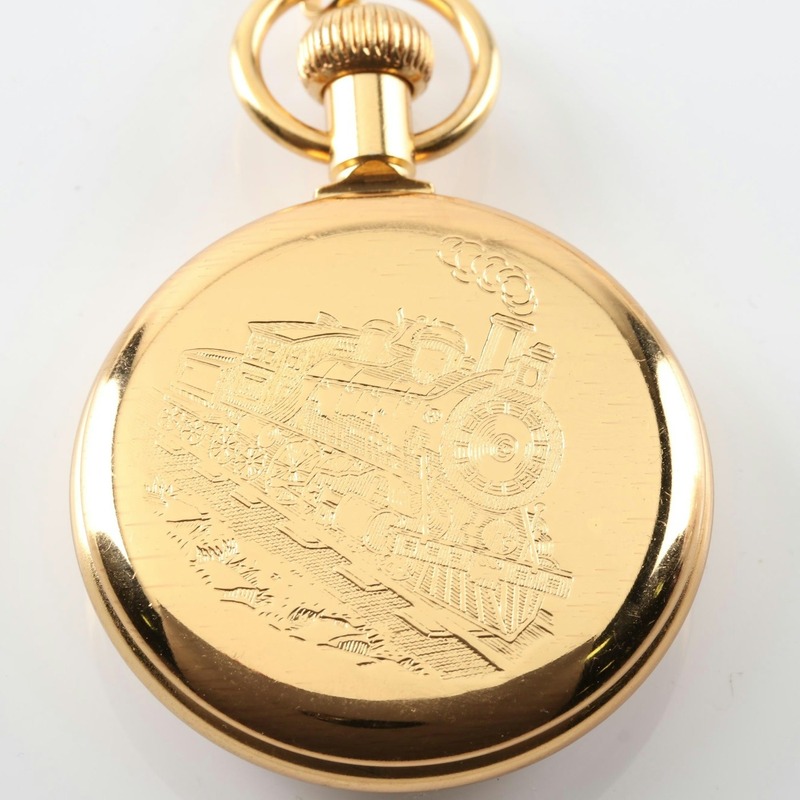
Where to Find and Buy Vintage Train Pocket Watches
Finding the right vintage train pocket watch can be a thrilling hunt. Here are some tips for where to look and how to buy these antiques:
Attend Watch Fairs and Auctions
Watch fairs are treasure troves for collectors. Check local event listings. Auctions, both in-person and online, also offer rare finds. Bid on the pieces that catch your eye.
Visit Antique Shops and Flea Markets
Antique shops may have hidden gems. Flea markets also offer a variety of options. Hunt around for unique pieces and bargain.
Explore Online Marketplaces
Sites like eBay host a wide range of pocket watches. Filter searches to find exactly what you’re looking for.
Connect with Watch Collectors’ Groups
Join forums or social media groups. Other collectors can offer advice and may have watches to sell.
Seek Out Estate Sales
Estate sales can be a source of high-quality timepieces. Keep an eye out for listings in newspapers or online.
Remember, when you find a train pocket watch, check its condition and authenticity. Ask sellers questions. Learn the watch’s history to gauge its value. With patience and persistence, you’ll add a timeless piece to your collection.
